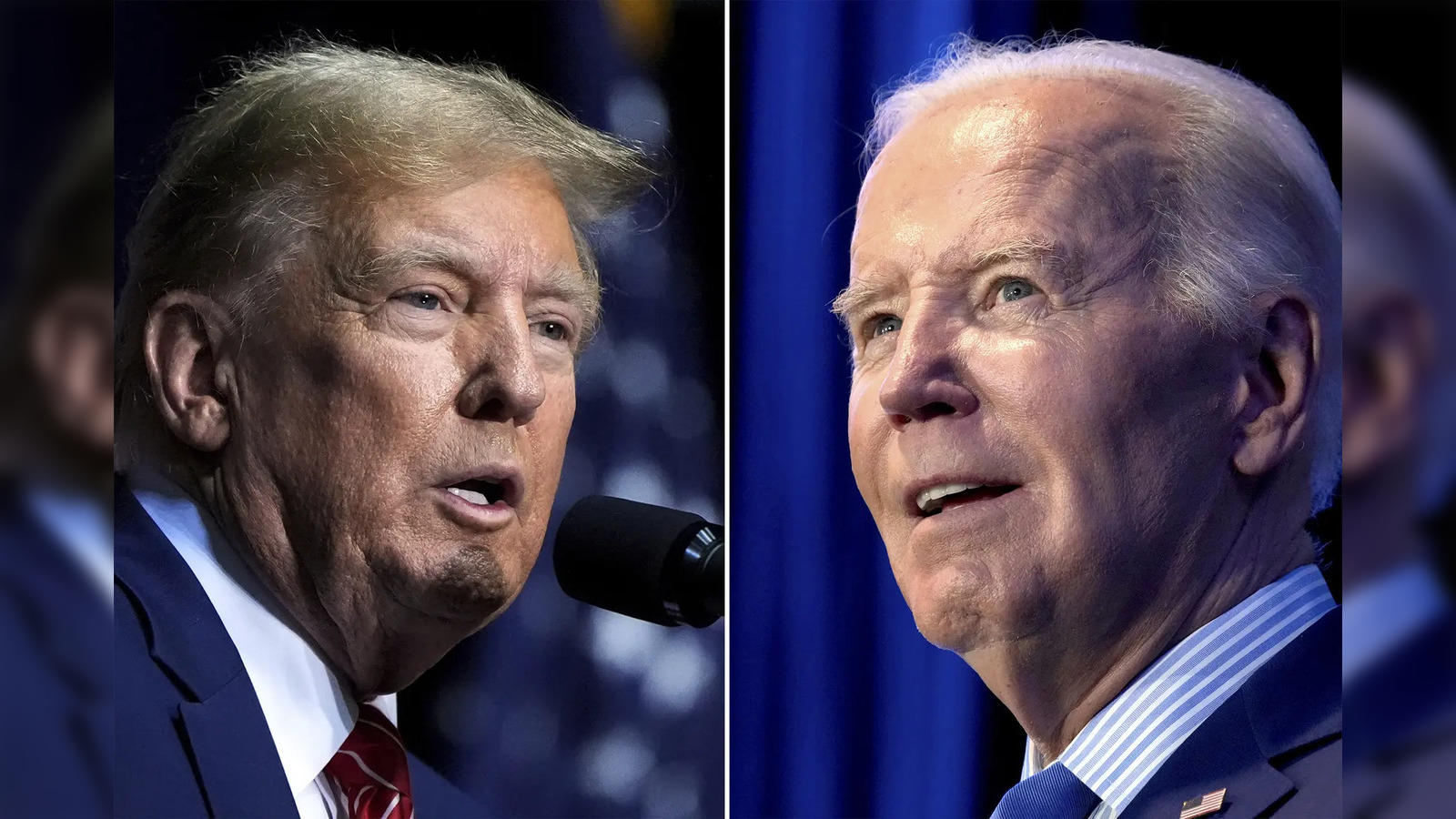Community leaders warn many who claim to be indigenous may be ‘fake’

In the 2021 Census, more Australians than ever identify themselves as First Nation. In this week’s Insight, a special collaboration between NITV and Insight, ‘Indigenous Identity’ asks why more and more people are identifying themselves. You can watch it on SBS On Demand on Tuesday, October 18 at 8:30 PM.
In a phenomenon described by Suzanne Ingram, a graduate student at the University of Sydney and a Wiradjuri woman, as ‘race change’, people who have identified as non-Indigenous Australians for most of their lives are now ‘box-tick’ ‘ indigenous peoples”. As their identity in the census, in the workplace, within cultural institutions and in educational settings, to name just a few.
There was data suggesting that [the population] It should actually be about 300,000 less.
Suzanne Ingram
Commonwealth Aboriginal identification standards include being Aboriginal by descent, self-identification as Aboriginal, and recognition by a registered Aboriginal organization.
But she argues that the problem is not just with the individual, but rather with the “non-indigenous people” who accept potential misrepresentation without the knowledge or qualifications to know what is true and what is cultural identity fraud. I explained that it also depends on the enabler.
This is something Australians need to start asking themselves. …otherwise it just wipes out the Aboriginal people.
Suzanne Ingram
“I think we are in a dangerous time, an explosion of people identifying.”
Bruce Pascoe. sauce: Getty / Getty Images
Pascoe now holds the opinion that some people identified in later life “need to put their heads down a little.”
I have seen these people rise to power and literally push past old men and women who disagree.
Bruce Pascoe
“What does this demographic explosion mean for the referendum on Voice to Congress, and for the states that are now in the treaty?”
Dr Stephen Hagan, a Kullilli man from Queensland, said the burden of proof was ” [upon] People who claim to be Aboriginal. “
Dr Stephen Hagan, a Kuriri native from Queensland, told Insight, “I have no concerns about people on the path of discovery. I encourage people.”
But he argues that asking newly identified Indigenous peoples about their heritage has serious negative consequences for them. For this reason, I remember asking my colleagues and peers the standard Indigenous protocol question, “Who is your mob? Where did it come from?” It’s violence,” he said. .
People abound in our misery.
Dr. Stephen Hagan
“False Aborigines are coming into organizations.
Kumara as a child sitting on his grandfather’s lap. Her grandfather is known for his work identifying sacred sites in New South Wales.
Kumara Kelley, a Pambalong woman, who is Chief Executive Officer of the Awabakar District Aboriginal Land Council, has witnessed a situation of deep concern to her.
“Even if you find out in your late 40s that you are Aboriginal, you cannot have cultural knowledge because it is not given to you by the Aboriginal people.
There are fake Aboriginal people all over the state.
Kumara Kelly
“It’s very easy to get Aboriginal verification. It’s easy to invade our organizations and communities. There are fake Aborigines all over the state.”
Community leaders warn many who claim to be indigenous may be ‘fake’
Source link Community leaders warn many who claim to be indigenous may be ‘fake’



